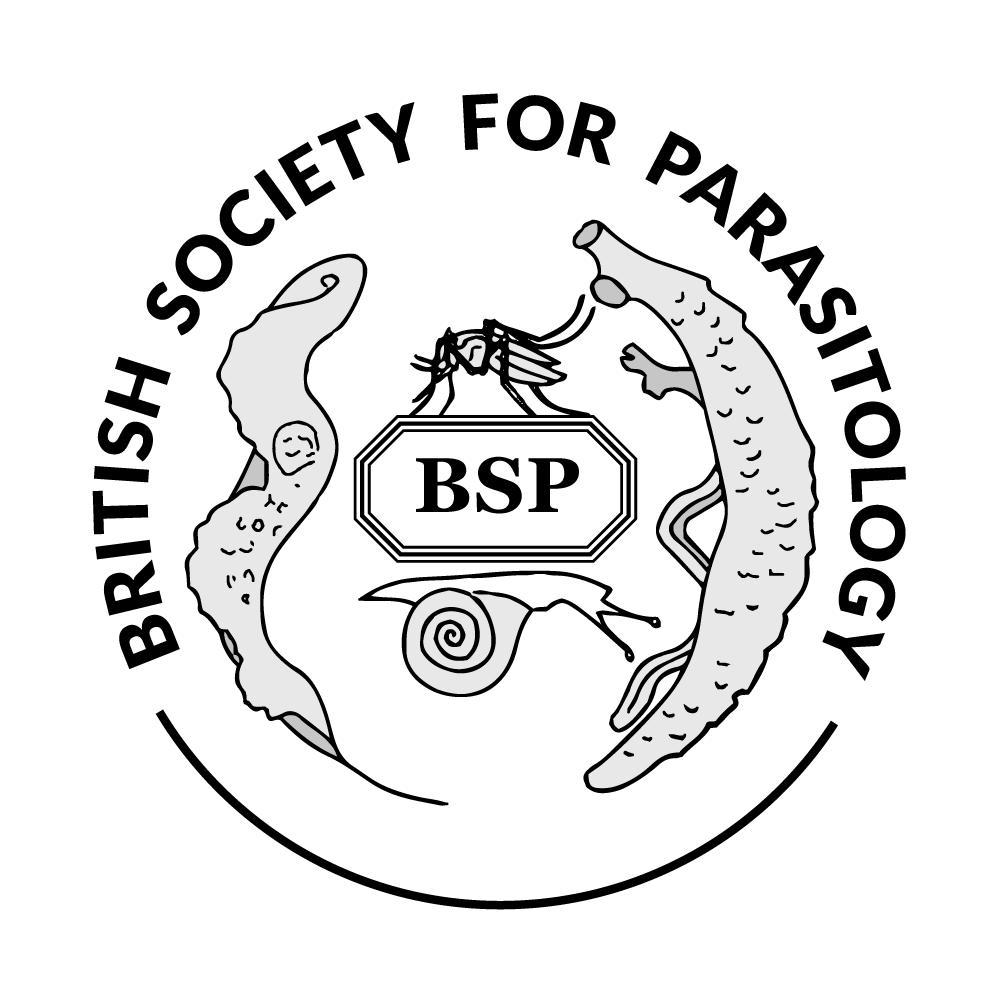

|
Time: To be announced
|
Poster 1 |
Where:
To be announced
Track:
Speaker:
|
Different aspects of women’s lives such as marriage, personal identity, and psychosocial status are affected by cutaneous leishmaniasis (CL). The gender difference in psychosocial burden attached to CL is deep-rooted within the socio-cultural context and social roles of men and women but evidence on how the two genders are affected by CL in the Sri Lankan context is scarce. This study was conducted in the Anuradhapura district, Sri Lanka where CL is endemic, to explore the gendered nature of the burden attached to CL. The methodology had two components. The first component was an ethnographic study using participant observation and a diary study followed up with diary-based interviews (n=26) with community members. The first component was designed to understand the context, to get the researchers immersed in the culture so that meaning behind expressions is understood. The first component also helped identify participants for the second component of the study. As the second component, purposively selected CL patients were given a patient booklet (n=30) with open-ended questions designed to explore the lived experience of CL, followed up by patient booklet-based interviews (n=26). The resulting datasets were analyzed thematically and differences between genders were assessed.
A difference in the burden of living with CL with regard to beauty, facing negative reactions from society, and social roles were identified. Both men and women agreed that facial or other visible lesions damage beauty regardless of gender but facial lesions and scars, in particular, affect females more than males. Participants said that the disease would not affect marriage, reasoning that this is a curable disease. However, a female participant remarked that she would not let her son marry a girl with a visible, facial lesion. This indicates potential consequences for marriage, especially for females with facial lesions. Some patients of both genders cover up their lesions to prevent others from seeing them and to protect the lesion from infections. Both males and females anticipated negative reactions towards their visible lesions from others. However, there were incidences where young females who are covering the lesions have faced mockery by fellow male CL patients at the clinic. The treatment process also affects the two genders differently both genders talked about the related loss of work. However, when the patient is female, the husband often has to take a day off from work to accompany her to the hospital, increasing the overall household burden. Disruption of the social roles was a concern for female participants particularly the mothers with small children, for whom the time-consuming treatment process disrupted their motherly role of taking care of the children. They expressed being sad and distressed thinking about the clinic day as they have to think about how to manage taking care of their kids. They felt sad leaving their kids unattended for an extended time period during clinic days. The female participants who take care of their elderly parents complained about the disruption of their role as a daughter because of the time-consuming nature of the treatment process. None of the male participants mentioned any disruptions to their social roles. Our findings indicate that women face a unique burden because of CL. This should be further explored and taken into consideration when health promotion interventions are developed in the future.